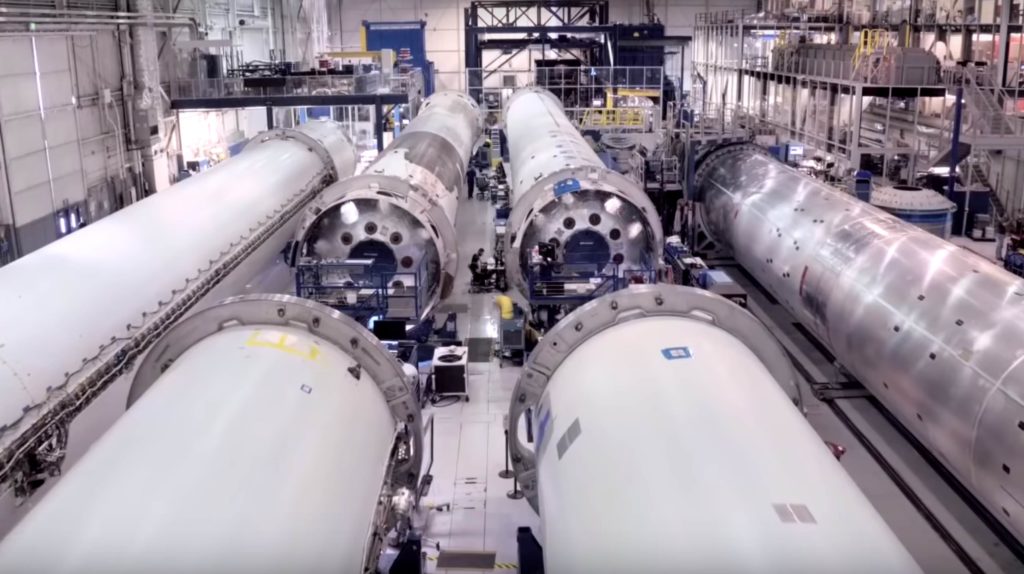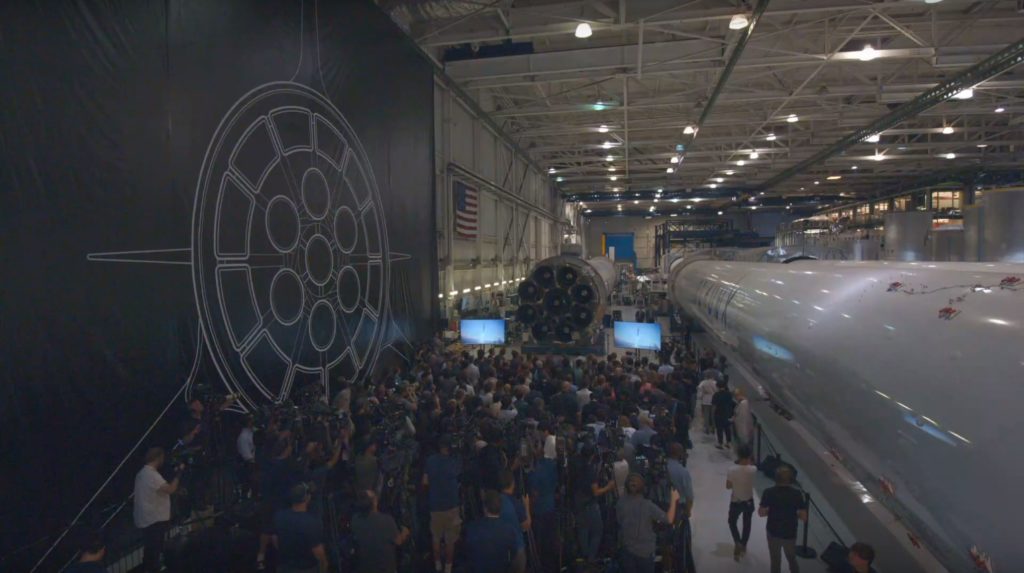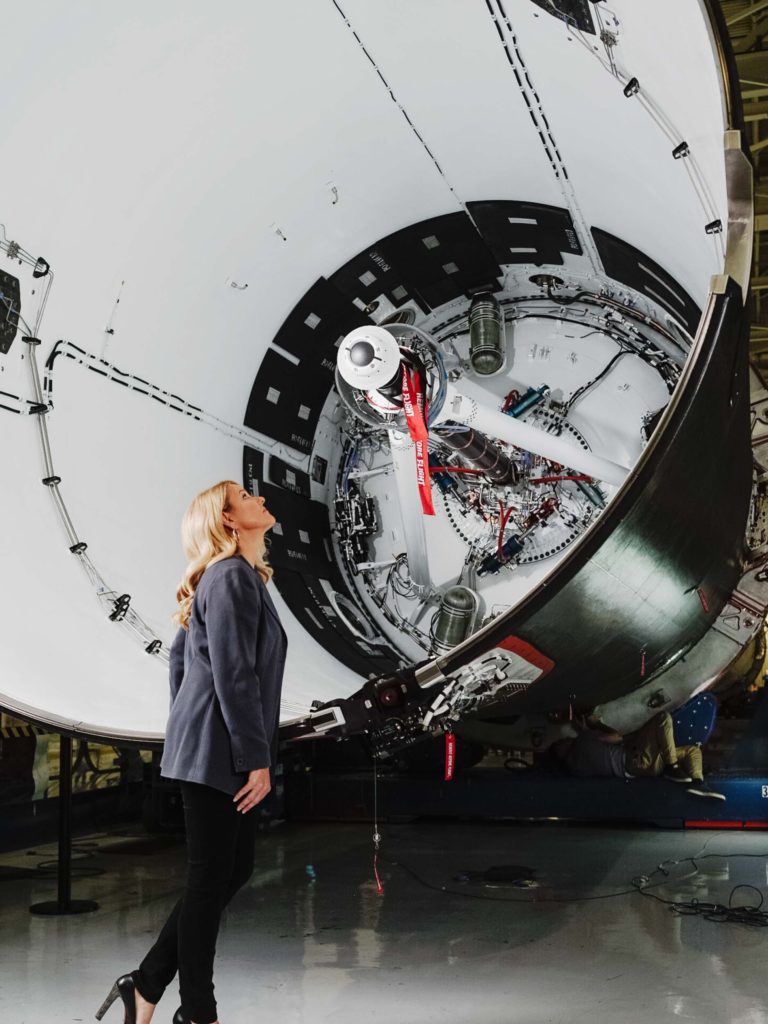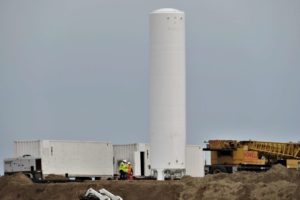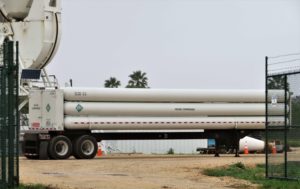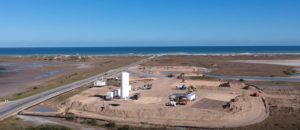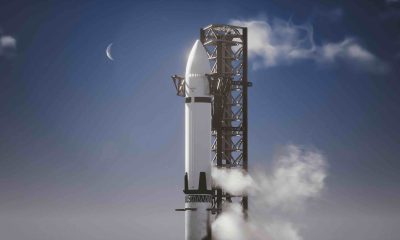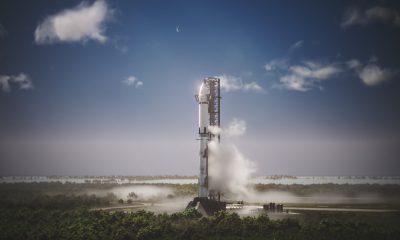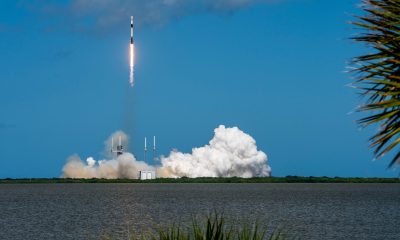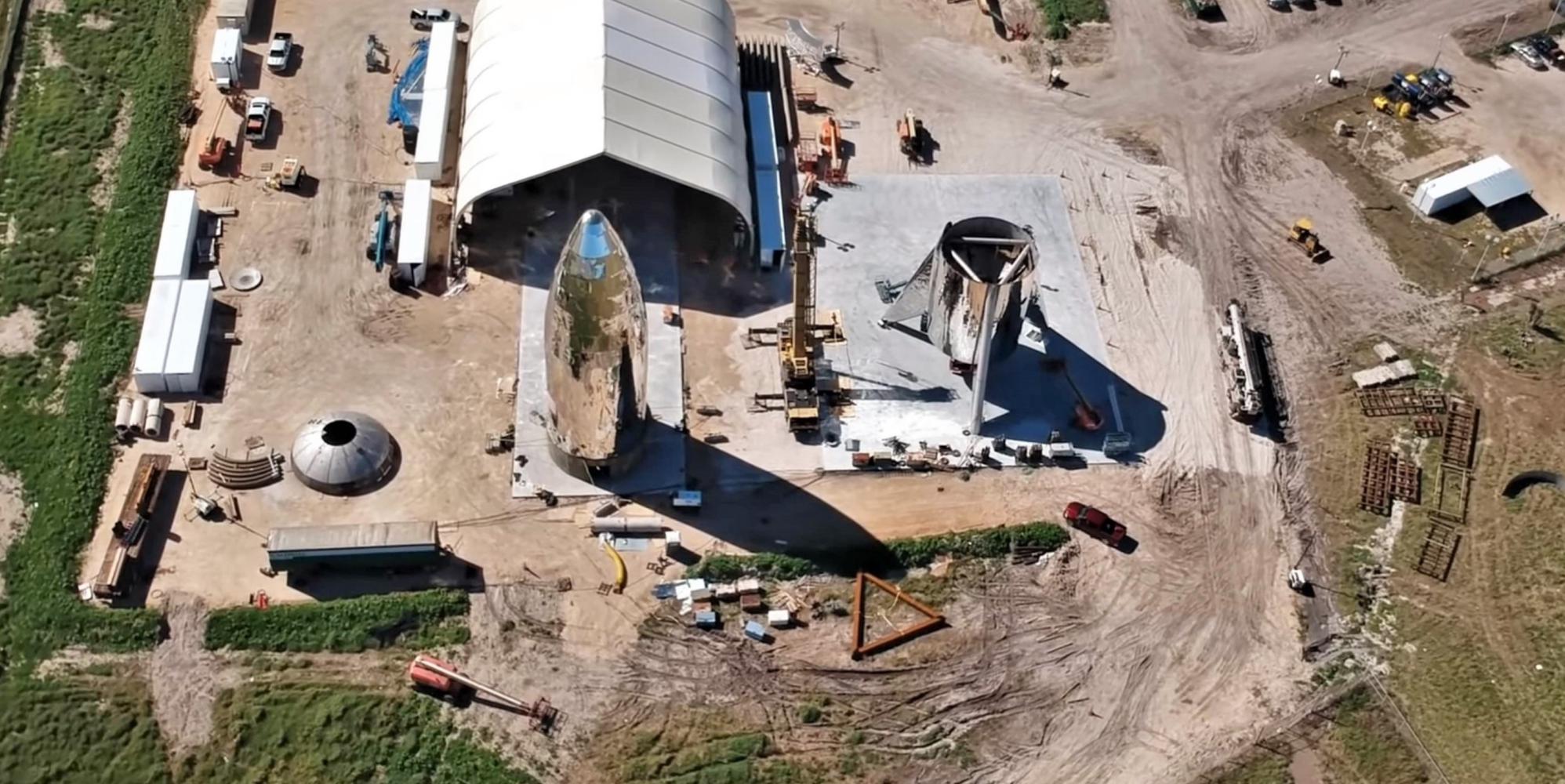
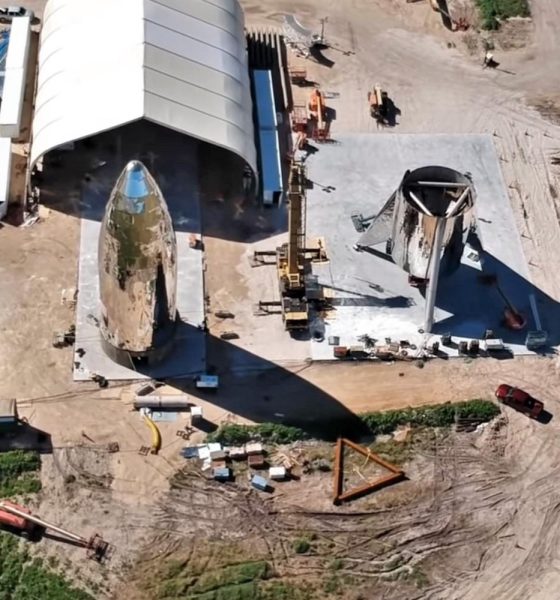
News
SpaceX fits Starship prototype with tank bulkheads as hop test pad progresses
SpaceX workers have begun installing fuel and oxidizer tank bulkheads inside the first BFS/Starship prototype at the same time as the vehicle’s nearby ‘launch’ facility continues to sprout important infrastructure and slowly morph from a giant pile of dirt into something capable of supporting rocket hop tests.
Several observable characteristics of this project still do not immediately make sense but whatever the direction SpaceX is moving in, engineers and technicians are working around the clock to ensure that progress is steady.
Whoa! BCGal hangin' with it, late Sunday. Much anticipated #StarHopper fuel tank bits getting a lift. #SpaceX (📷 credit: NSF/BocaChicaGal) pic.twitter.com/GLBl58kZSA
— Cowboy Dan (@CowboyDanPaasch) January 21, 2019
Moreso than any other single part, the most confusing aspect of Starhopper has to be the apparent condition of its steel tank domes, distinctly covered with a patina of impurities like rust, dirt, dust, and grime. For a water tower or other miscellaneous storage tank, this would be completely acceptable. For aerospace-grade propellant tanks that will have to safely store dozens or even hundreds of tons of supercool liquid methane and oxygen to feed ultra-high-performance Raptor engines, the purity of ingested propellant and thus the cleanliness of the tanks holding it is going to be of paramount importance.
To use an example that applies to the rockets SpaceX currently flies, Falcon 9’s first and second stages are almost always drained and cleaned before and after their first static fire tests in McGregor, Texas to ensure that no unintended debris is ingested by Merlin turbopumps. This is necessary because Falcon rockets are currently built in an extremely large hangar that simply cannot feasibly be kept to cleanroom conditions, while SpaceX’s garment requirements are less strict than some old-guard aerospace companies, typically letting workers wear normal clothes (albeit with hairnets/beardnets) while working inside Falcon 9 tanks and structures. The improved work conditions and worker comfort comes at the cost of frequent tank cleaning.
- An overview of SpaceX’s Hawthorne factory floor. (SpaceX)
- SpaceX hosted a media event inside the factory in September 2018. (SpaceX)
- A Falcon 9 Block 5 booster bares its interstage and pusher rod, offering a perfect illustration of its scale. (Bloomberg)
While SpaceX clearly has a great deal of experience with nontraditional methods of rocket production, the Hawthorne assembly line might be the cleanest cleanroom on Earth compared to Starhopper’s rusty tank domes and fully-outdoors assembly. Even odder is the apparent fact that SpaceX is actually installing (and maybe even welding) those tank domes without any cleaning at all, indicating that they either look far worse than they actually are, are not a real problem for Raptor or cryogenic propellant tanks, or will be scoured only after installation. Regardless, SpaceX is keeping close followers and those familiar with aerospace on the tips of their toes as Starhopper continues to be worked on.
(Launch) pad progress
Roughly one mile to the east of Starhopper’s assembly roost, SpaceX employees and contractors have been working to complete earthmoving and start outfitting a prospective Starhopper prototype launch pad with a stable concrete base and all the infrastructure needed to support a complex rocket and its propellant, electricity, and heat-resistant surface needs. However, despite recent statements from executives like CEO Elon Musk and COO/President Gwynne Shotwell, the ‘facility’ appears to be many, many months away from anything reminiscent of an actual launch pad like the three SpaceX currently operates in California and Florida.
A calm and quiet day at #spacex pic.twitter.com/QKcOJ9tPTY
— Austin Barnard🚀 (@austinbarnard45) January 21, 2019
Instead, it seems that the first BFR-related launch facility will be more of a Spartan, minimalist slab of concrete, a healthy berm, and a handful of propellant tanks and heat exchangers, much like the ‘pad’ that supported Falcon 9’s Grasshopper and F9R hoppers. Over the last few days, the pad construction crew has installed the first of those propellant tanks and heat exchangers and continue to refine the overall layout of the site, still primarily made of compacted dirt. Given the potential simplicity of a Grasshopper-style launch and landing pad, the facility could be anywhere from a few weeks to a few months away from completion.
- SpaceX workers installed the first propellant tank on January 16th. (NASASpaceflight – bocachicagal)
- The first of two tanks recently installed at the new site. (NASASpaceflight – bocachicagal)
- A helium truck arrived on the same day, most likely delivering the gas for welding operations. (NASASpaceflight – bocachicagal)
- An overview of Starhopper’s future pad, currently in the early stages of construction. (Austin Barnard)
Elon Musk
Tesla Cybercab steering wheel dilemma gets final answer from Elon Musk

Tesla Cybercab is the company’s autonomy-geared automobile that will eventually begin the phase-out of human drivers. In recent days, however, there has been speculation regarding the vehicle’s equipment and whether it would be fitted with a typical steering wheel and pedals.
CEO Elon Musk put an end to this discussion, at least for now, as he maintains the vehicle will not have anything that would remotely resemble any possibility of any sort of manual operation.
The problem is, there is a flaw in his logic, and his justification for the reasoning is an opinion. But Musk has a special ability; he has the final say on what goes on at Tesla, and if he does or doesn’t want manual controls in the new vehicle, he’ll get his way.
On the All In Podcast on Friday, Musk gave his final answer to whether the Cybercab would have a steering wheel or pedals by stating it would not when the production units start rolling off lines in Q2 2026.
He provided a further explanation:
“The reality is, people may think they want to drive their car, but the reality is that they don’t. How many times have you been in an Uber or Lyft and said ‘I wish I could take over for the driver, get off my phone, and drive to my destination? 0.0 times.”
🚨 Elon Musk says Tesla will NOT put a steering wheel in the Cybercab (via All In Podcast):
“The reality is, people may think they want to drive their car, but the reality is that they don’t. How many times have you been in an Uber or Lyft and said ‘I wish I could take over for… pic.twitter.com/SGu3to5anA
— TESLARATI (@Teslarati) October 31, 2025
Although the units that have been spotted on public roads in recent days are equipped with a steering wheel and pedals, it is because Tesla is testing the vehicle in real-world situations, and manual controls are required for it.
Tesla Cybercab spotted testing on public roads for the first time
Some Tesla fans in the community have said that the car seems more geared toward being suitable for manual operation as opposed to a fully autonomous vehicle primed for driverless ride-hailing.
Earlier this week, Tesla Board Chair Robyn Denholm said that if the company had to put a steering wheel or pedals into the Cybercab, it would.
News
SpaceX sets the record straight on Jim Bridenstine and Artemis 3
SpaceX argued that Bridenstine’s comments should be taken with a grain of salt as he is working as a paid lobbyist for companies that are competing for NASA contracts.
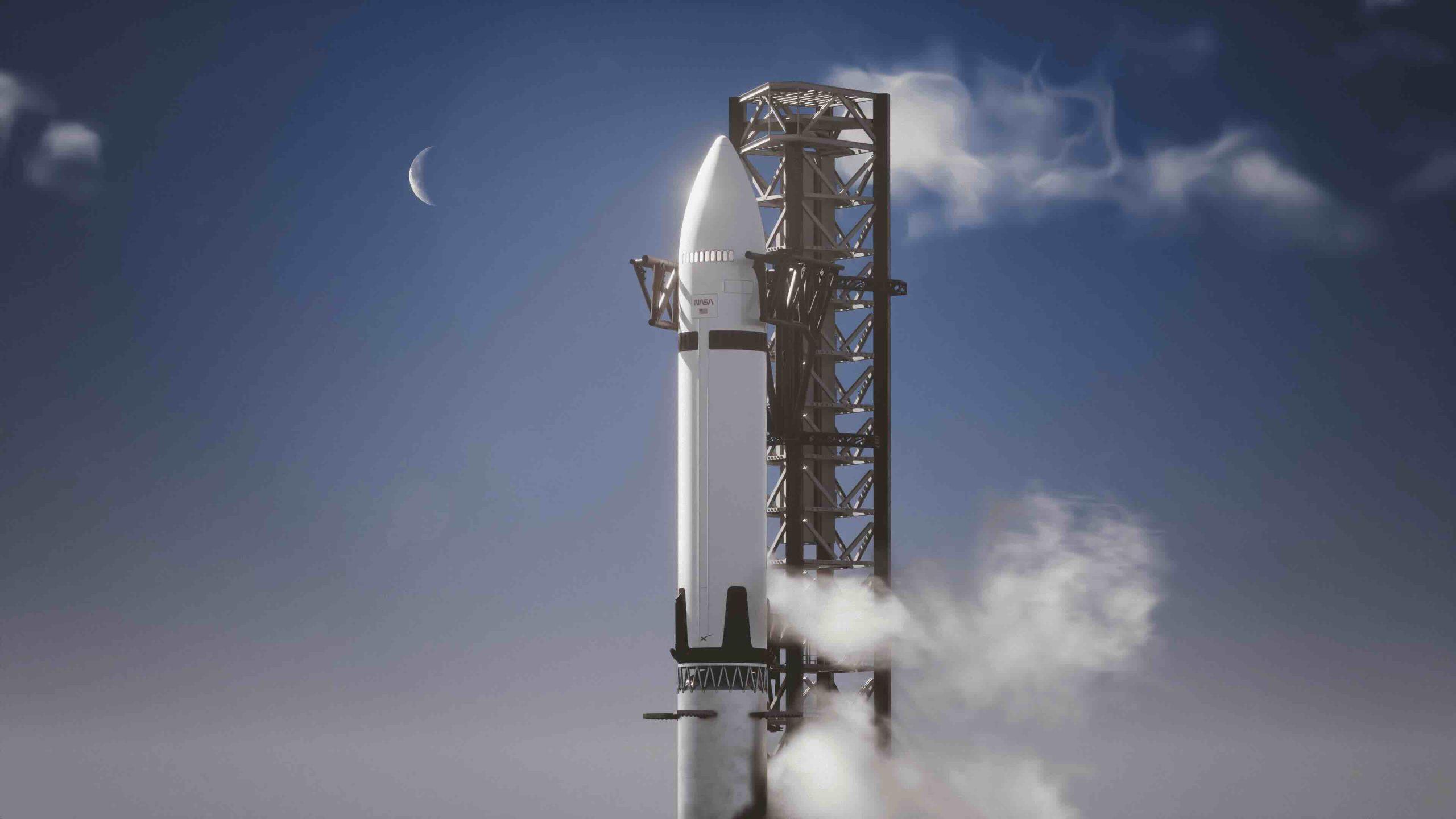
SpaceX pushed back firmly against former NASA administrator Jim Bridenstine after he questioned the agency’s reliance on Starship for the Artemis 3 Moon mission.
In a detailed thread on X, SpaceX argued that Bridenstine’s comments should be taken with a grain of salt as he is working as a paid lobbyist for companies that are competing for NASA contracts.
Bridenstine’s comments on Starship and Artemis 3
Bridenstine and fellow former NASA chief Charlie Bolden noted during a recent symposium that NASA’s current Artemis strategy is approaching zero chance of beating China to the Moon. Bridenstine expressed skepticism that NASA’s current architecture, which is expected to use Starship to transport astronauts to and from the lunar surface, could succeed in time.
“Starship is a tremendously important vehicle for the future,” Bridenstine said, as per Space News. “It’s going to deliver large mass to low Earth orbit for a long time, and it’s going to drive down costs and increase access. But if you need a moon lander, it’s going to take time.”
SpaceX responds to the former NASA administrator’s comments
In a series of posts on X, SpaceX noted that while the company is very thankful to the former NASA administrator for helping create the Artemis Program, his comments about Starship might not necessarily be coming from a place of objectivity.
SpaceX’s comments are as follows: “Like many Americans, we are thankful for Mr. Bridenstine’s service leading NASA at one point. He deserves credit for spearheading the creation of the Artemis Program. After departing NASA, he created a lobbying firm called the Artemis Group, representing a host of aerospace companies vying for NASA business.
“Mr. Bridenstine’s current campaign against Starship is either misguided or intentionally misleading. SpaceX was selected to design and develop a Human Landing System for Artemis along with Blue Origin and Dynetics during Mr. Bridenstine’s tenure as NASA Administrator.
“Starship was then selected by NASA for the Artemis III mission through fair and open competition after being identified as the best and lowest risk technical option – and the lowest price by a wide margin – by the civil servant team appointed to lead the agency’s exploration mission by Mr. Bridenstine himself.
“The decision to select Starship was confirmed repeatedly following protest and litigation from the companies not selected which delayed the start of work on the contract for many months. Mr. Bridenstine’s recent musings promoting a new landing system – going so far as to invoke the Defense Production Act – are being misreported as though they were the unbiased thoughts of a former NASA Administrator. They are not.
“To be clear, he is a paid lobbyist. He is representing his clients’ interests, and his comments should be seen for what they are – a paid lobbyist’s effort to secure billions more in government funding for his clients who are already years late and billions of dollars overbudget,” SpaceX wrote.
Elon Musk
Elon Musk just dropped a huge detail on the Tesla Roadster
“Whether it’s good or bad, it will be unforgettable. My friend Peter Thiel once reflected that the future was supposed to have flying cars, but we don’t have flying cars. I think if Peter wants a flying car, he should be able to buy one.”
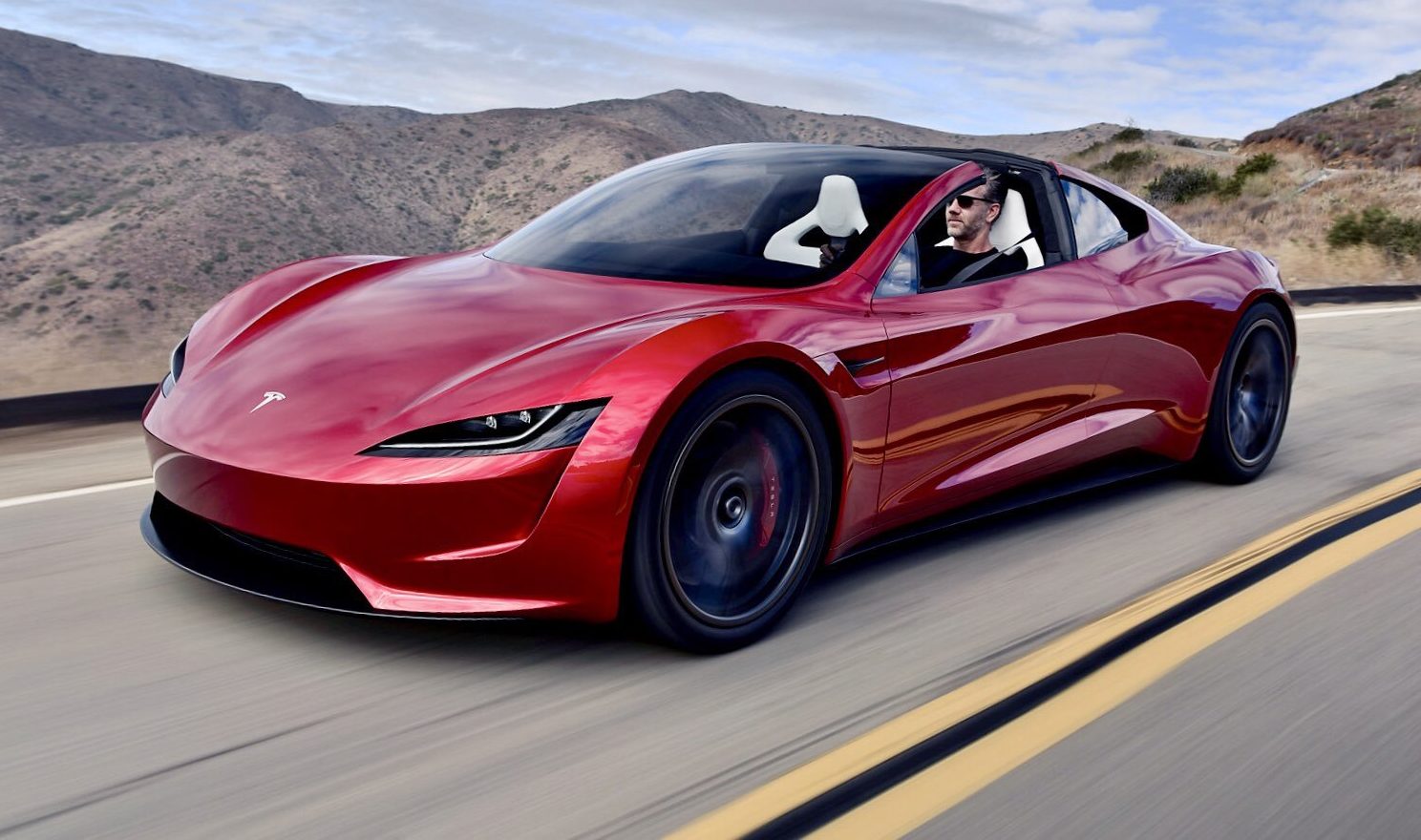
Elon Musk dropped a huge detail on the Tesla Roadster on his latest appearance on the Joe Rogan Experience podcast.
Tesla has been teasing the Roadster for years. The company has constantly delayed the vehicle, hoping to push its limits past anything that is even imaginable by the human mind.
Earlier this year, the company said it would put on a “most epic demo” for the Roadster, displaying and unveiling all its capabilities, some new, some previously talked about. However, nobody really knows what to expect.
On the JRE Podcast, Musk joined Rogan for an over three-hour conversation about a variety of topics, but Tesla was something that was evidently on the agenda.
One of the parts of the Tesla conversation that is getting a lot of attention is Musk’s new teasing of the Roadster, saying it has “crazy technology” that might not even qualify as an automobile in the classic sense.
Musk confirmed that Tesla is “getting close to demonstrating the prototype,” and said he can guarantee the demo “will be unforgettable.”
He continued:
“Whether it’s good or bad, it will be unforgettable. My friend Peter Thiel once reflected that the future was supposed to have flying cars, but we don’t have flying cars. I think if Peter wants a flying car, he should be able to buy one.”
Musk went on to say, with a smile, that Joe would have to “wait and see” what Tesla had come up with.
He went on:
“I think it has a shot at being the most memorable product unveil ever. [It will be unveiled] hopefully before the end of the year. You know, we need to make sure that it works. This is some crazy technology in this car. Let’s just put it this way: if you took all the James Bond cars and combined them, it’s crazier than that.”
Tesla has said for years that the Roadster would be able to at least hover, thanks to a SpaceX package that would feature cold gas thrusters that would help the vehicle get in the air.
Musk seemed very confident in his answers and very excited to show off what the Tesla Roadster is capable of. The real question is: how long will it take Tesla to get the car to market after the launch and unveiling? How many units will it manufacture? How much will it cost?
All of those things are details we will have to wait for Tesla to reveal at the Roadster event.
-
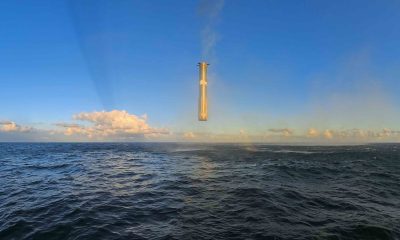
 Elon Musk2 weeks ago
Elon Musk2 weeks agoSpaceX posts Starship booster feat that’s so nutty, it doesn’t even look real
-
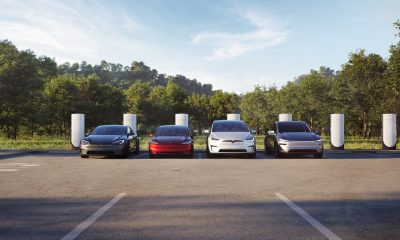
 Elon Musk2 weeks ago
Elon Musk2 weeks agoTesla Full Self-Driving gets an offer to be insured for ‘almost free’
-
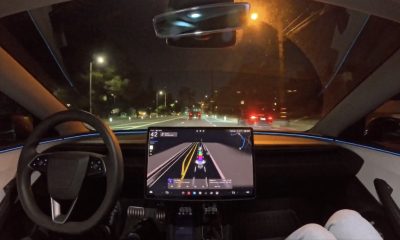
 News2 weeks ago
News2 weeks agoElon Musk confirms Tesla FSD V14.2 will see widespread rollout
-

 News2 weeks ago
News2 weeks agoTesla is adding an interesting feature to its centerscreen in a coming update
-
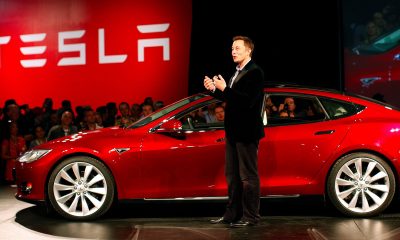
 Elon Musk2 weeks ago
Elon Musk2 weeks agoTesla CEO Elon Musk’s $1 trillion pay package hits first adversity from proxy firm
-
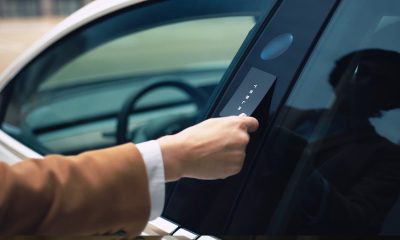
 News2 weeks ago
News2 weeks agoTesla might be doing away with a long-included feature with its vehicles
-
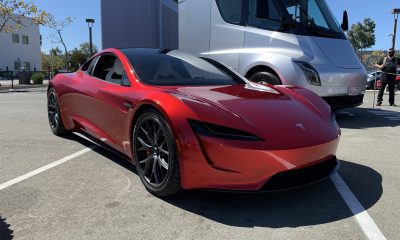
 News2 weeks ago
News2 weeks agoTesla updates fans on its plans for the Roadster
-
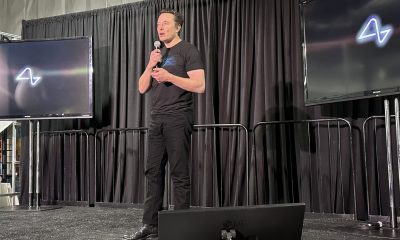
 Elon Musk2 weeks ago
Elon Musk2 weeks agoAfter moving Tesla to Texas, Elon Musk is back in the Bay Area with Neuralink expansion

